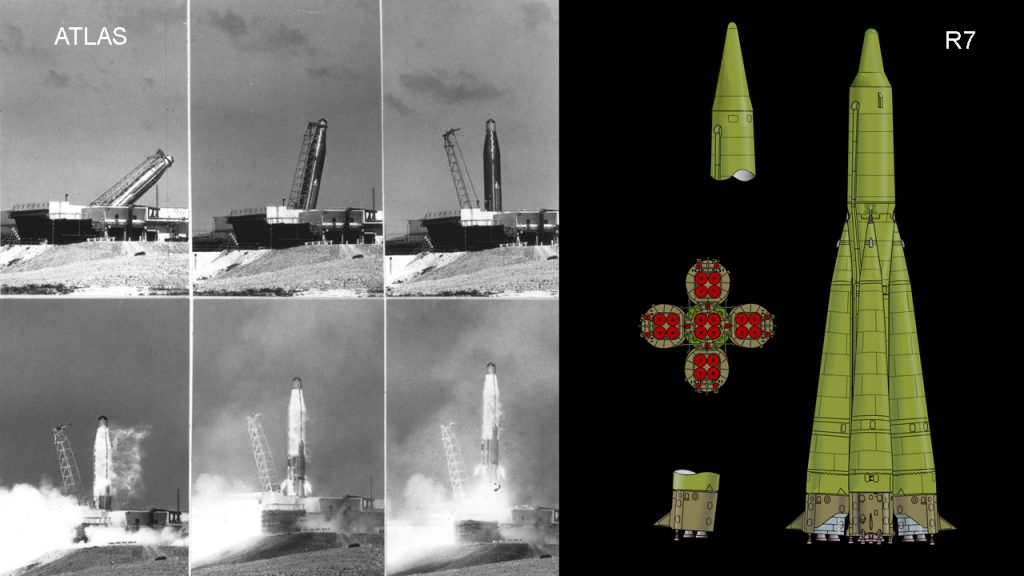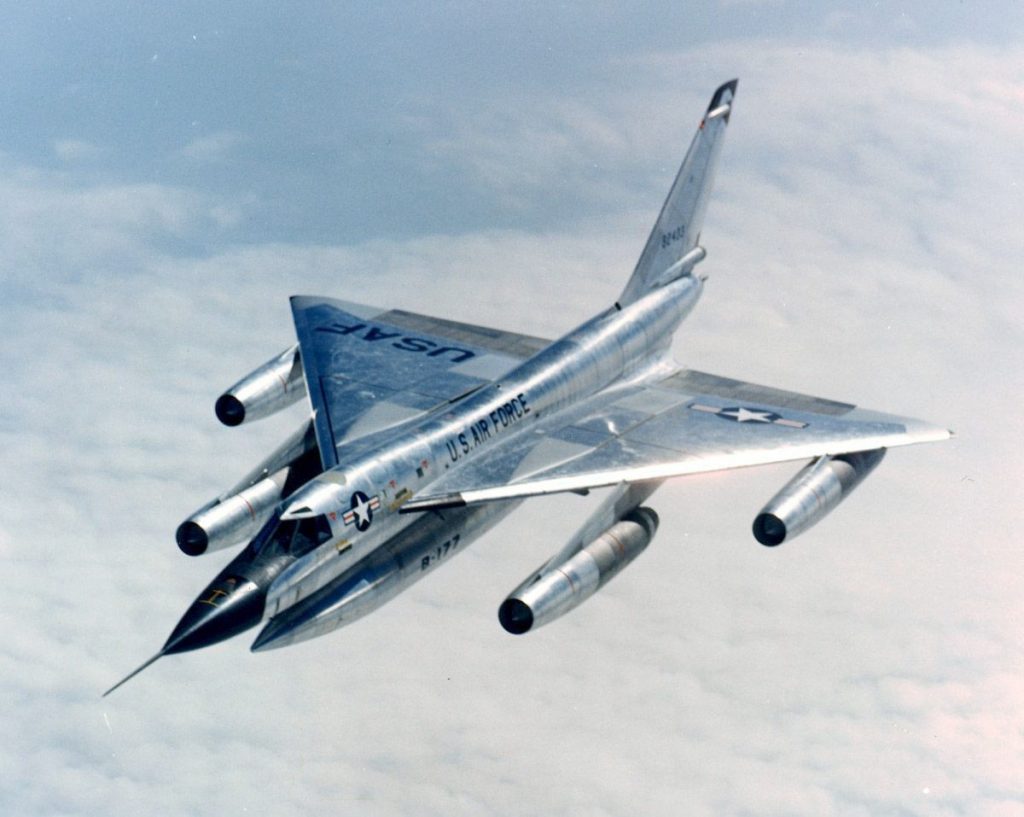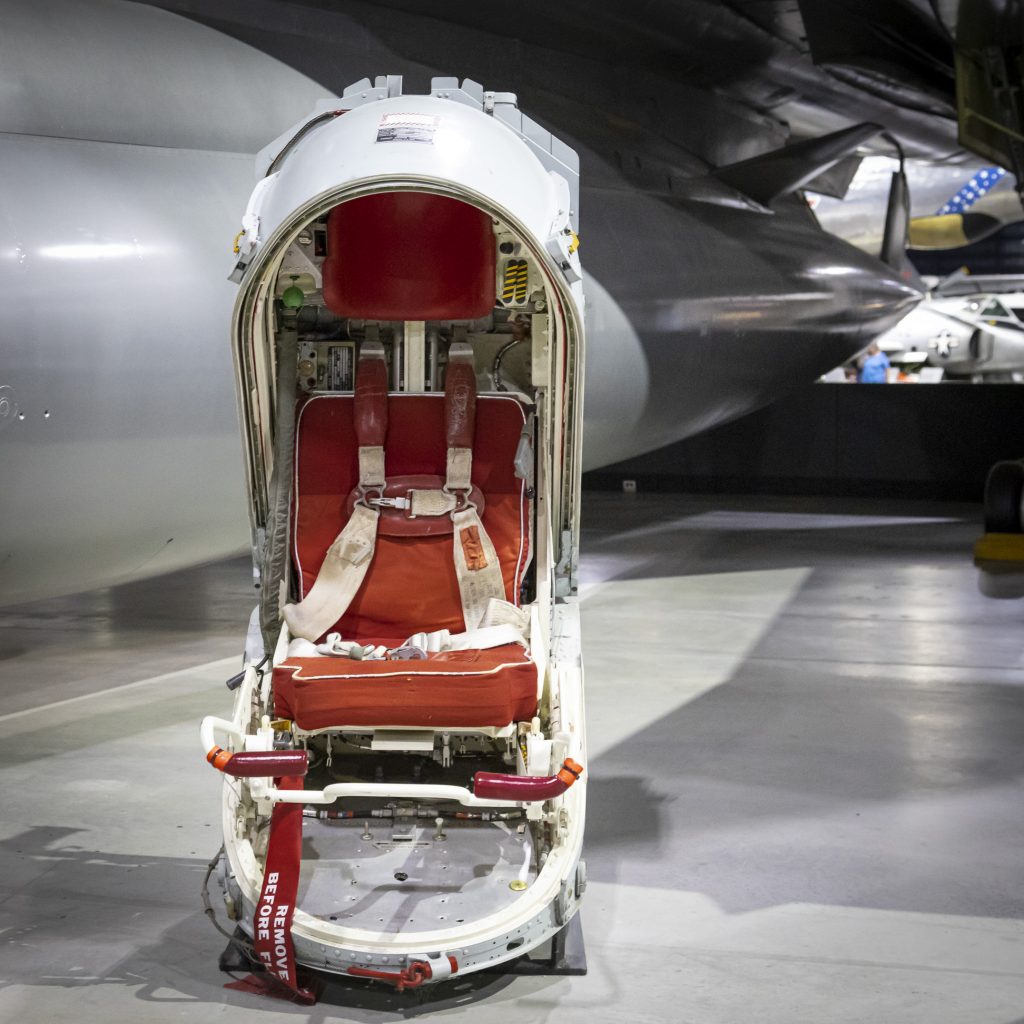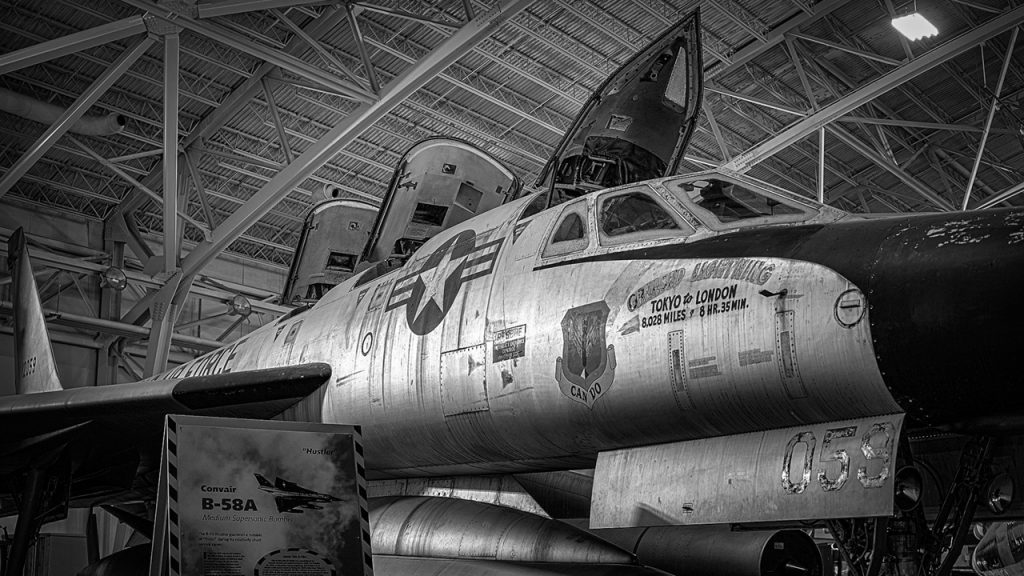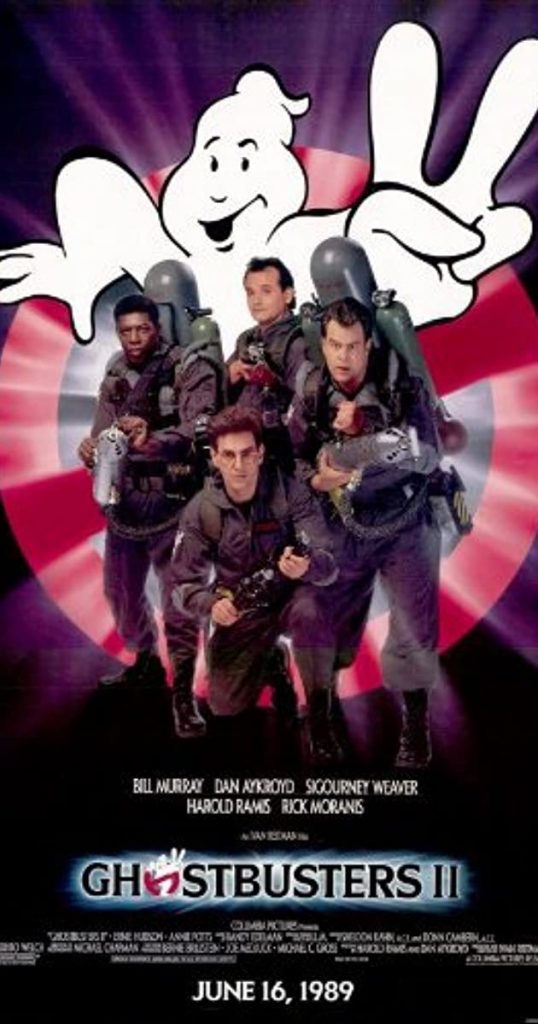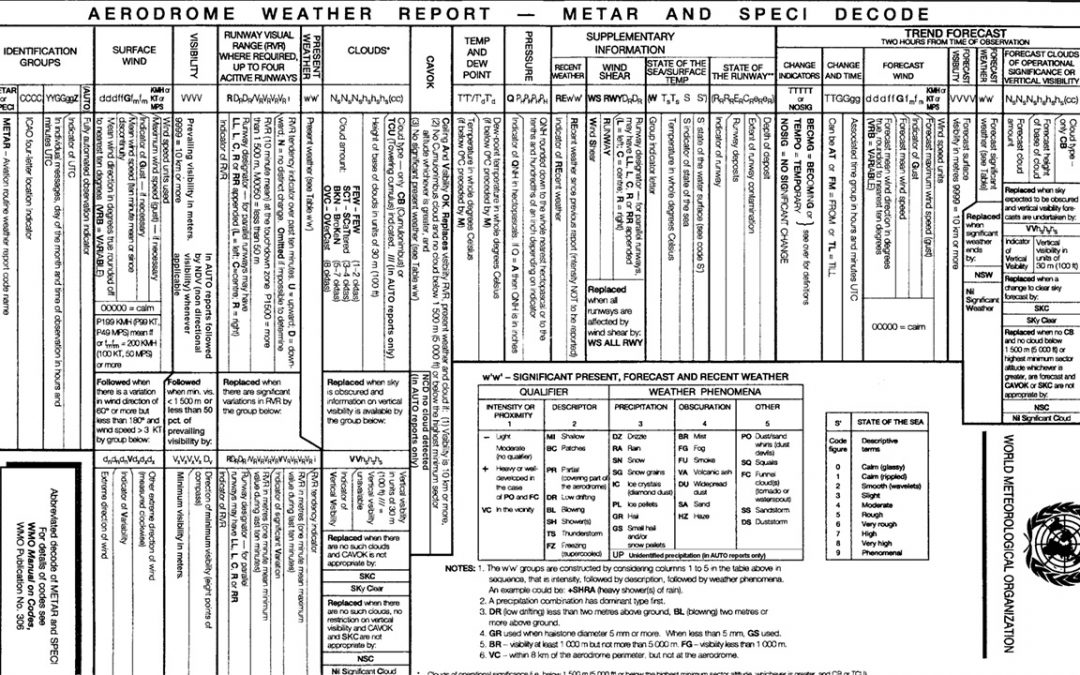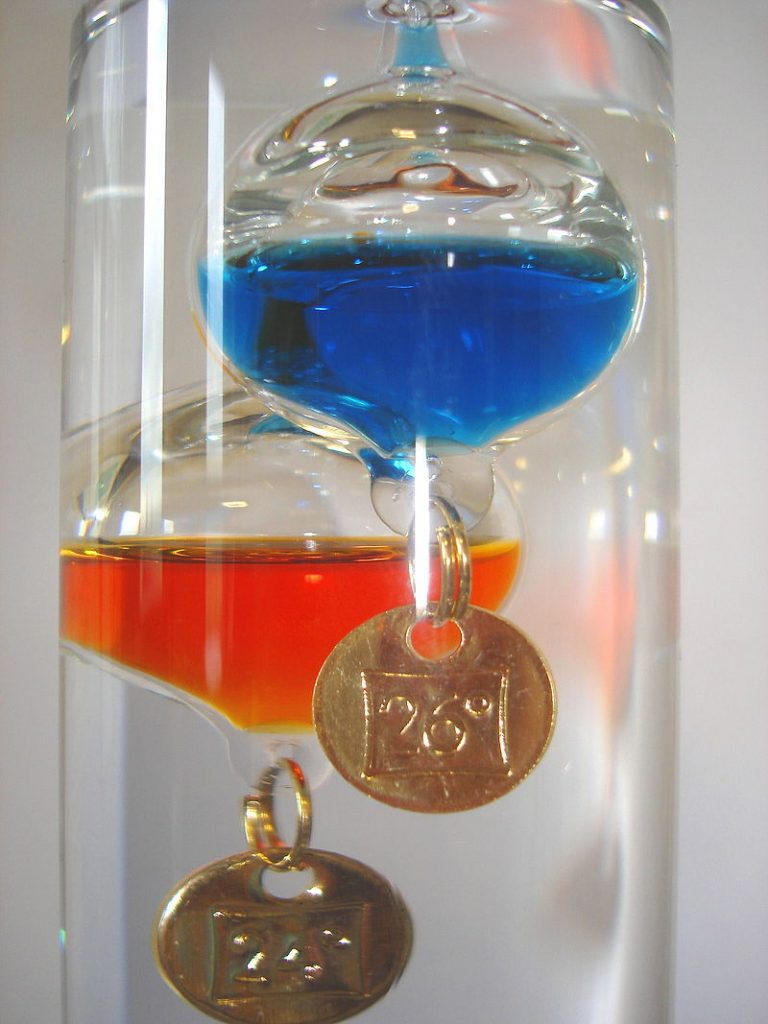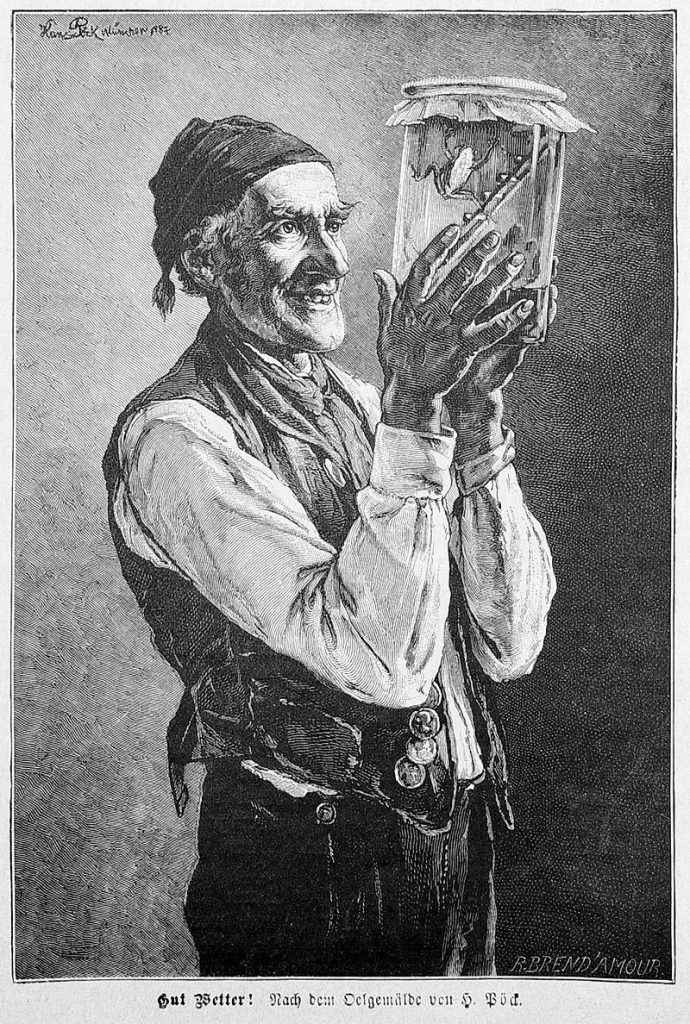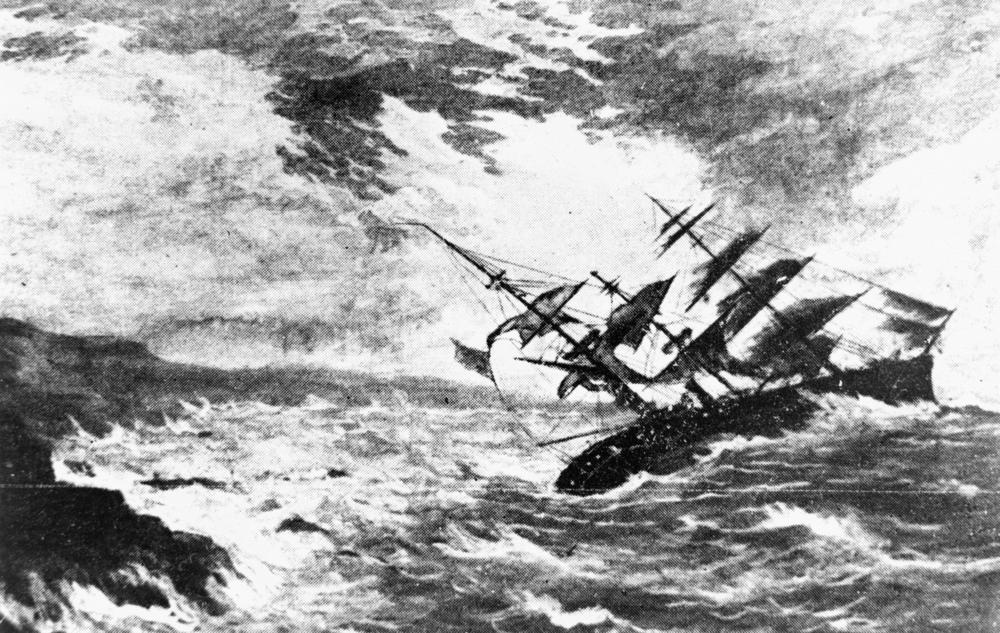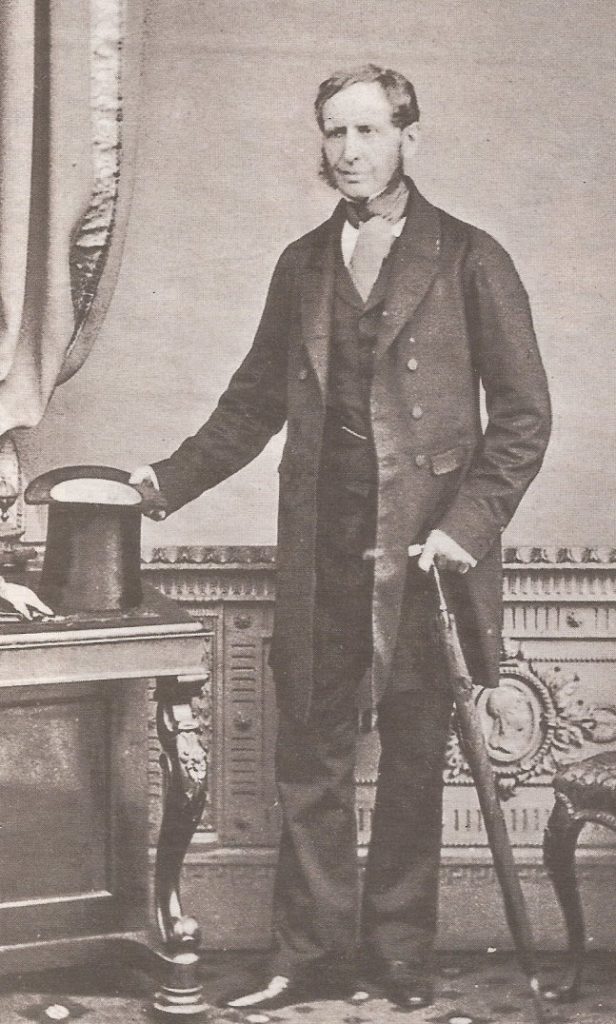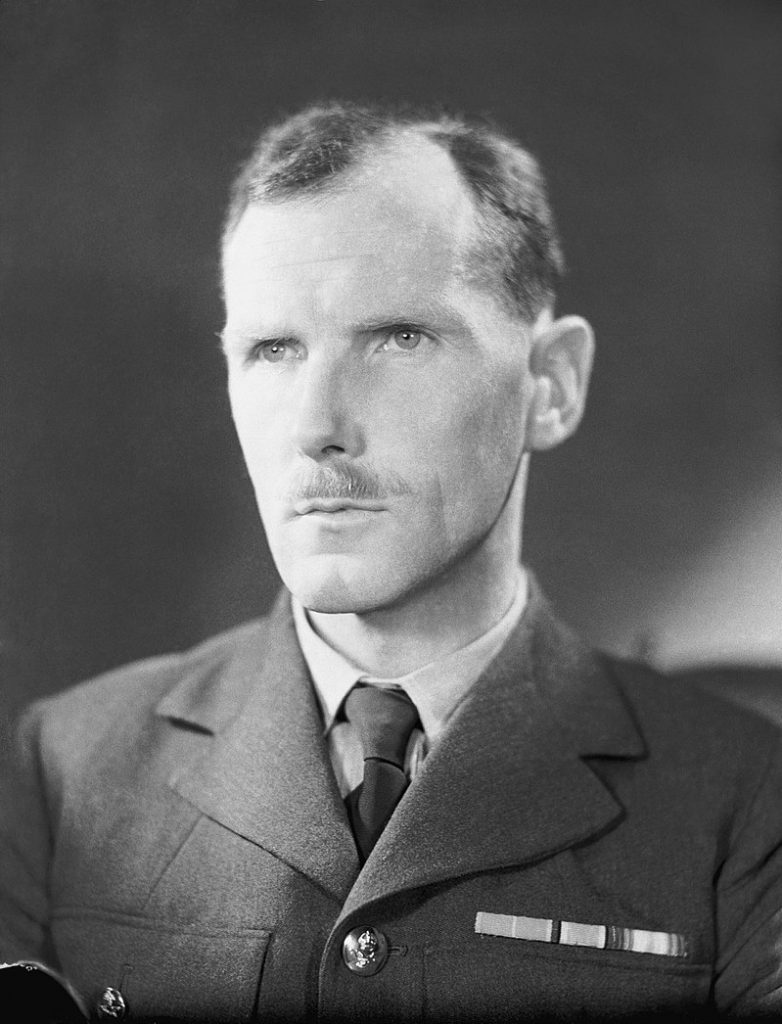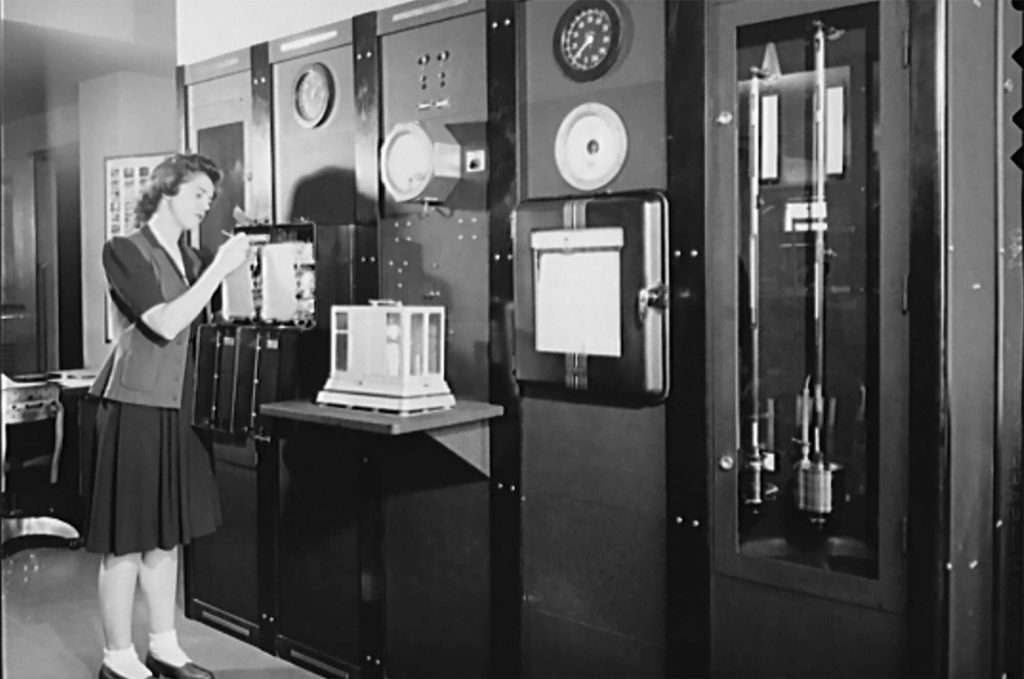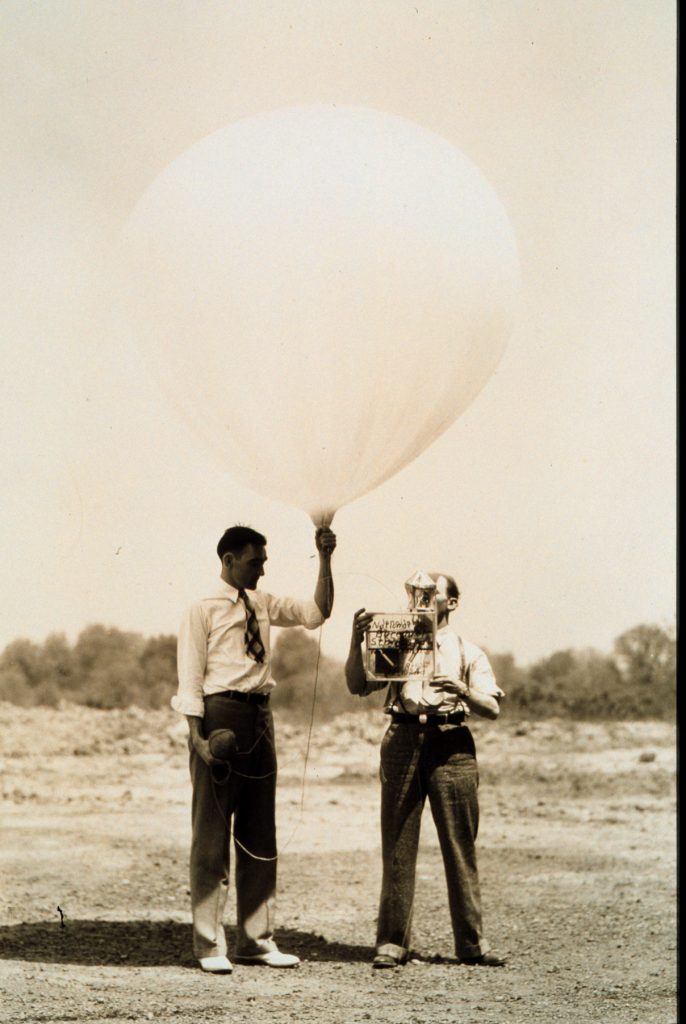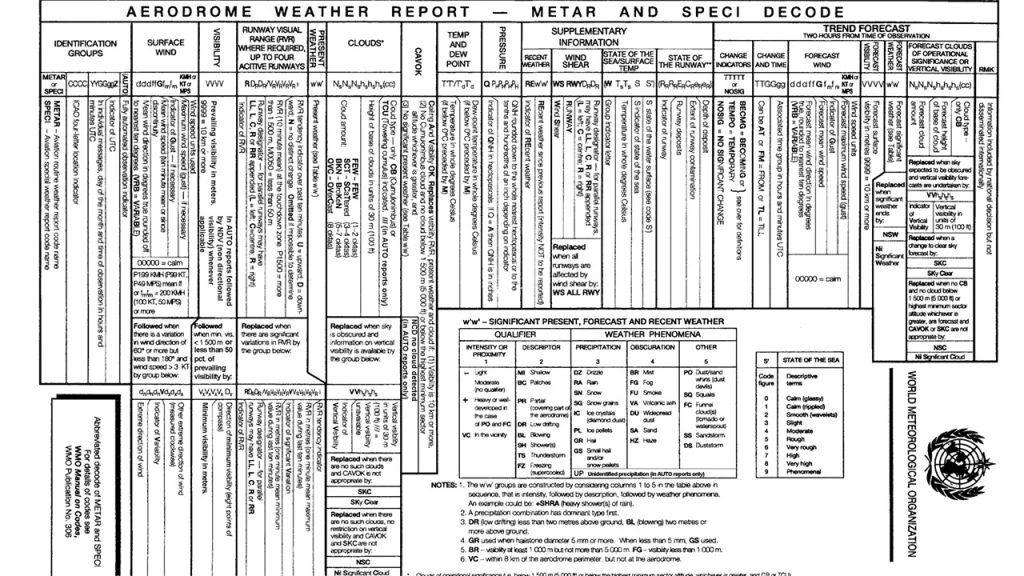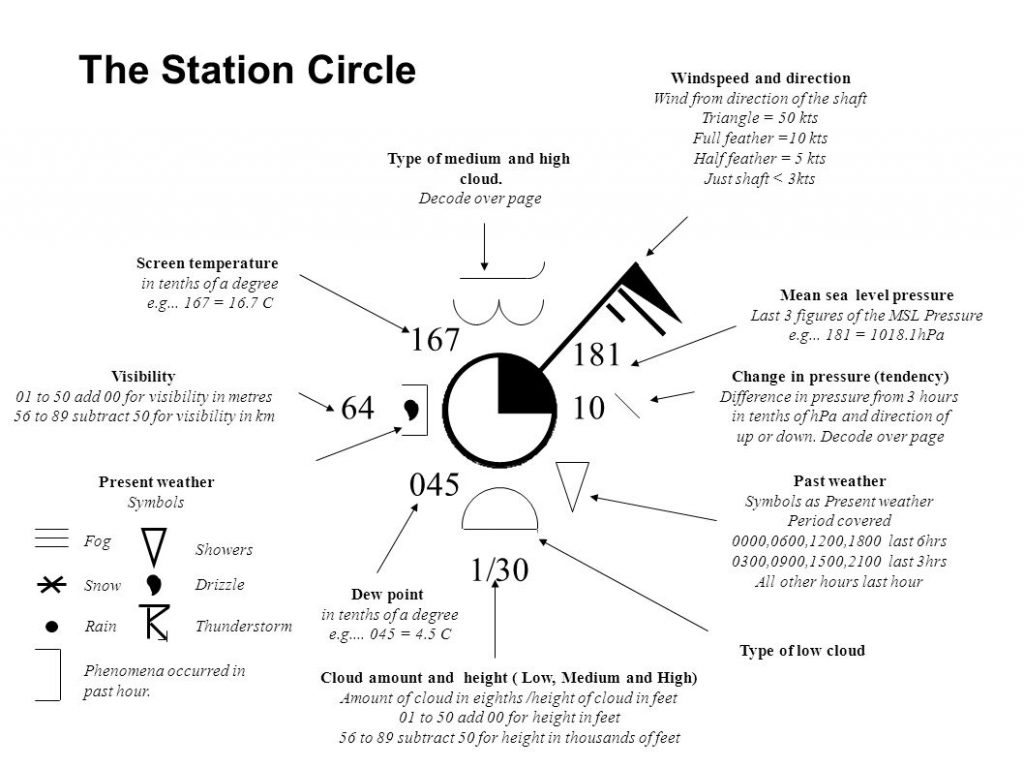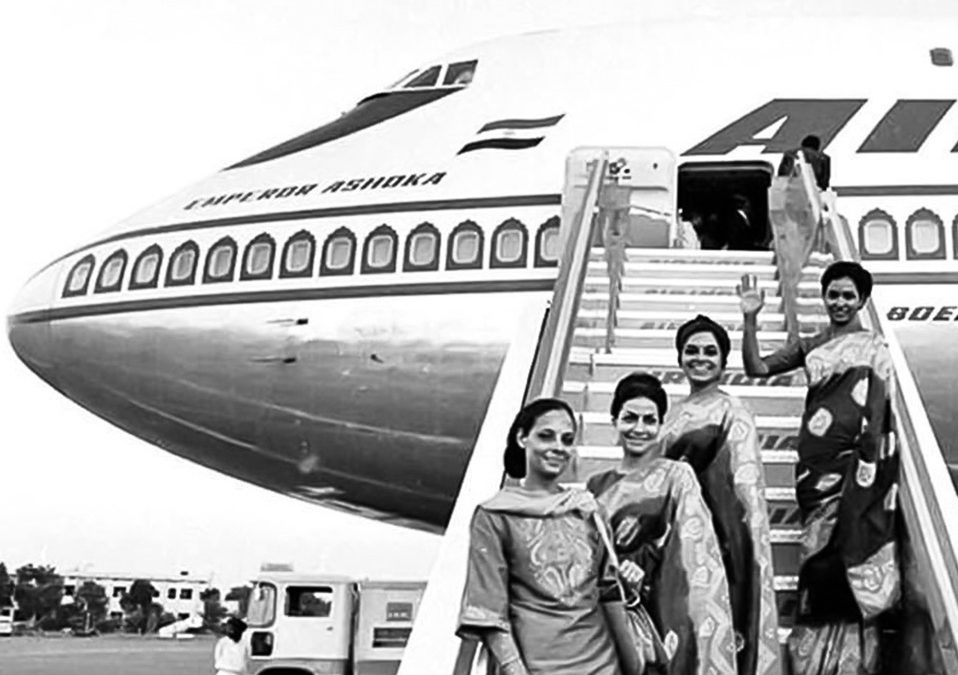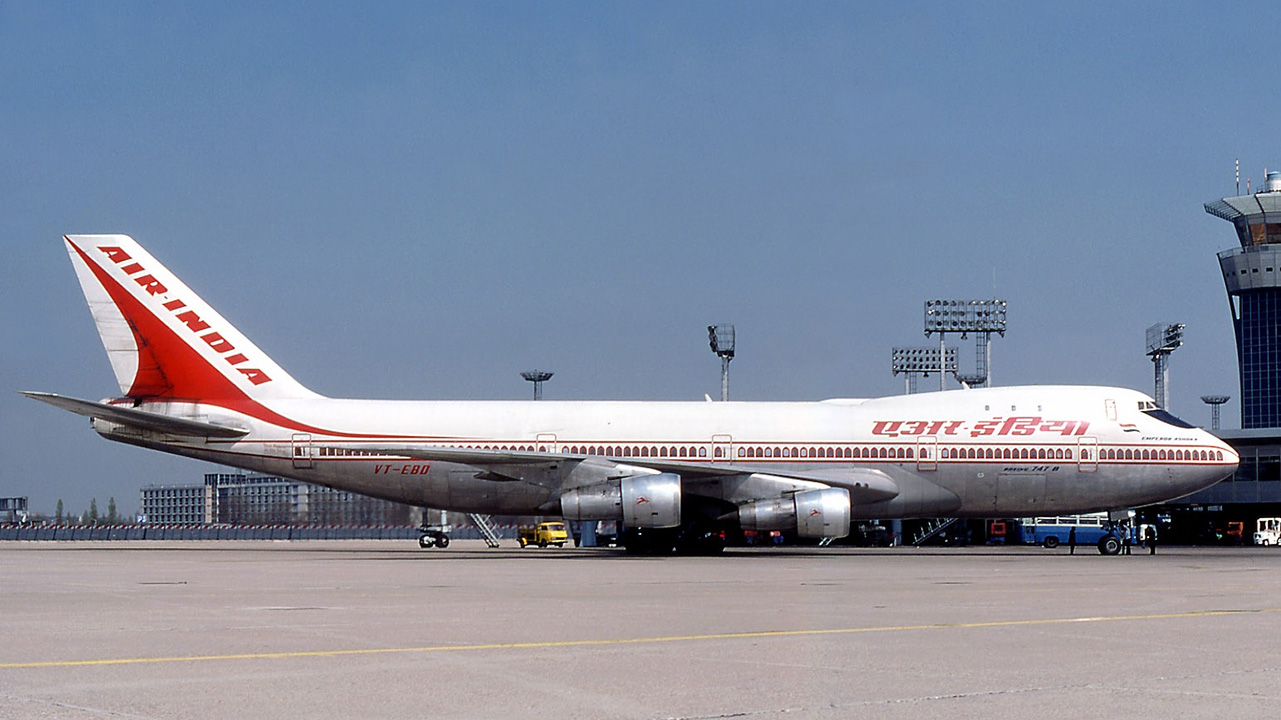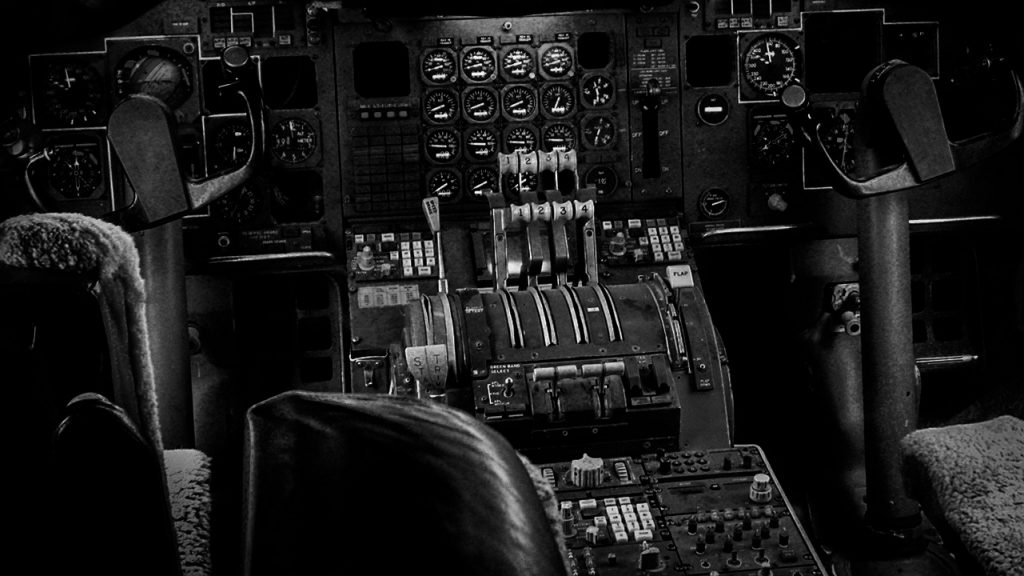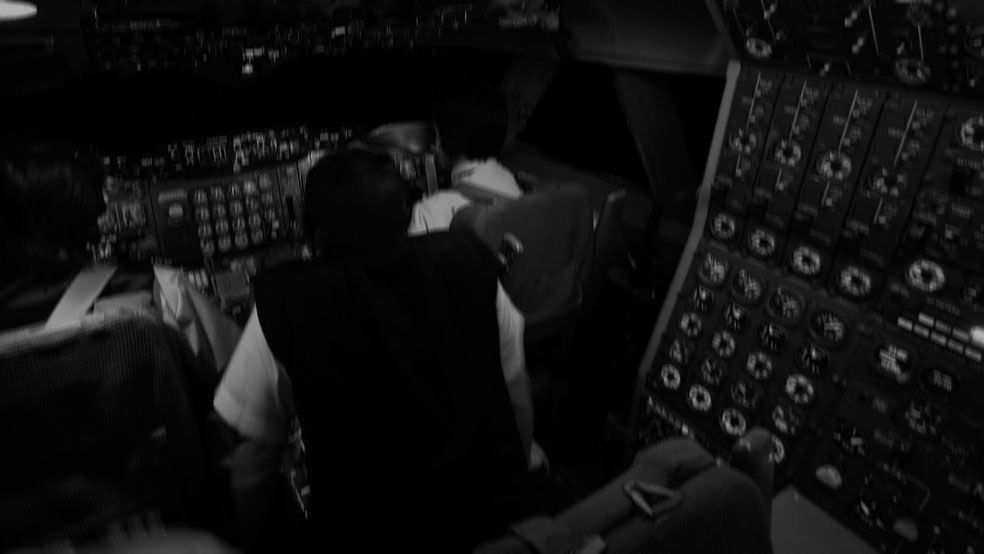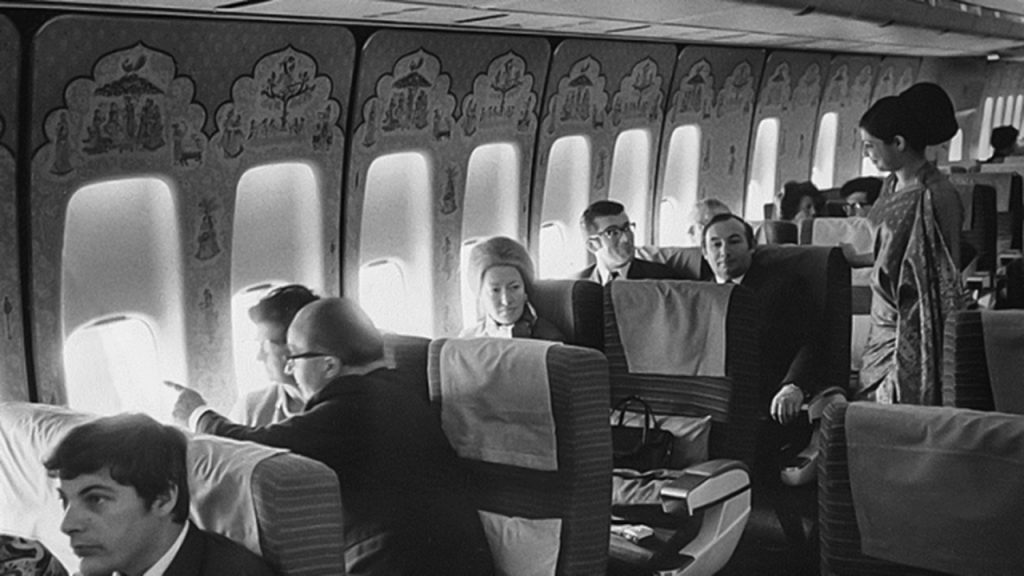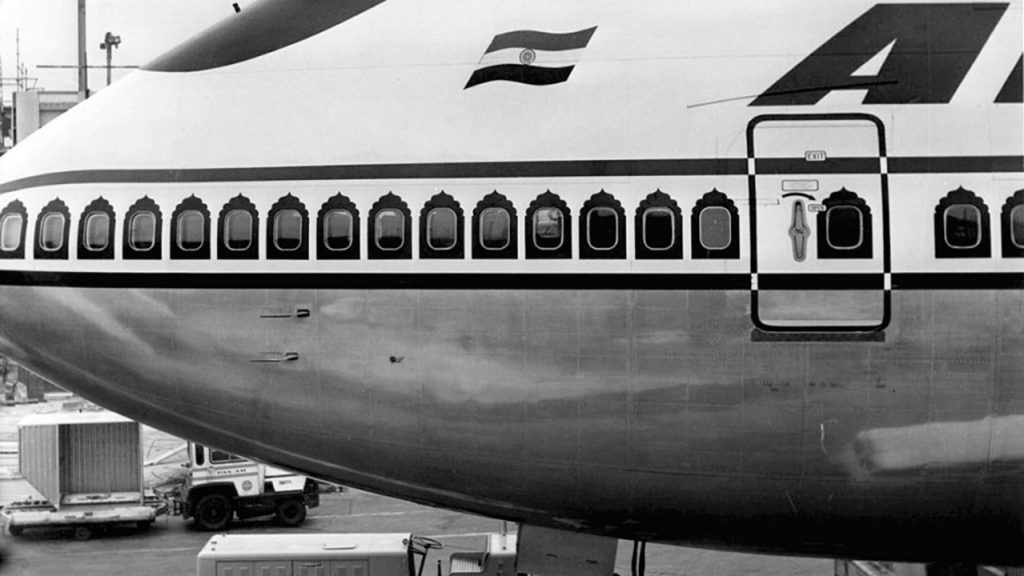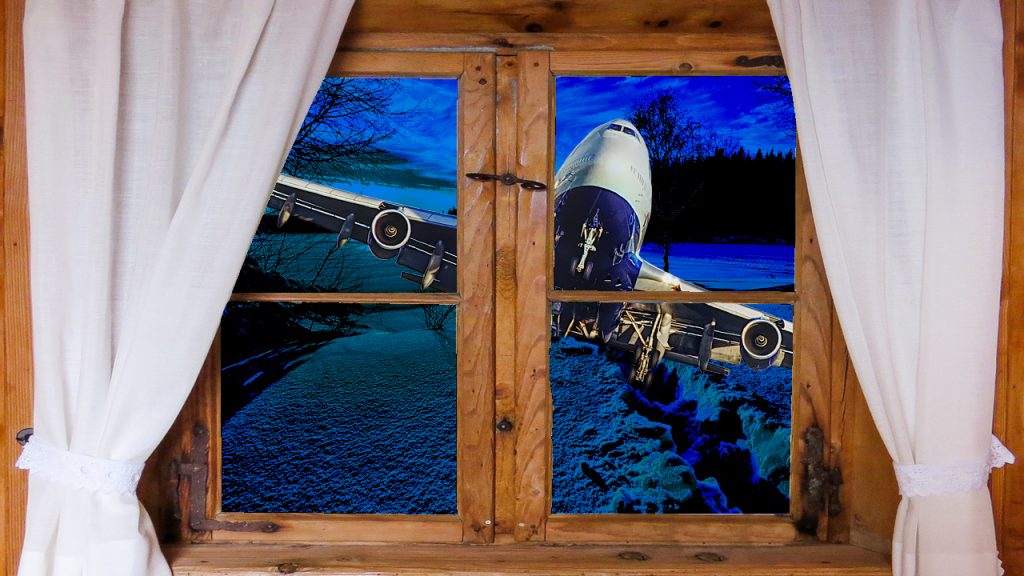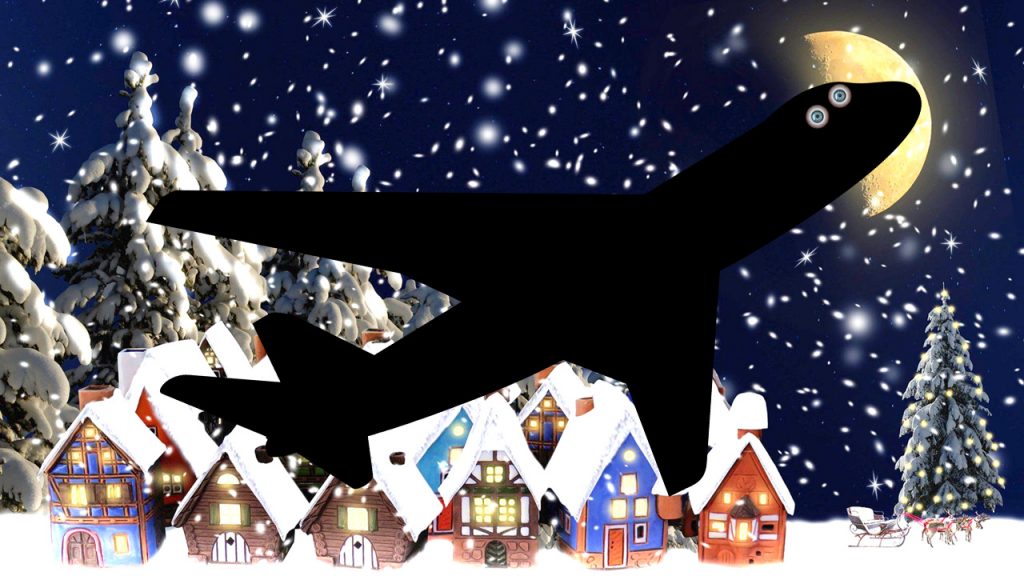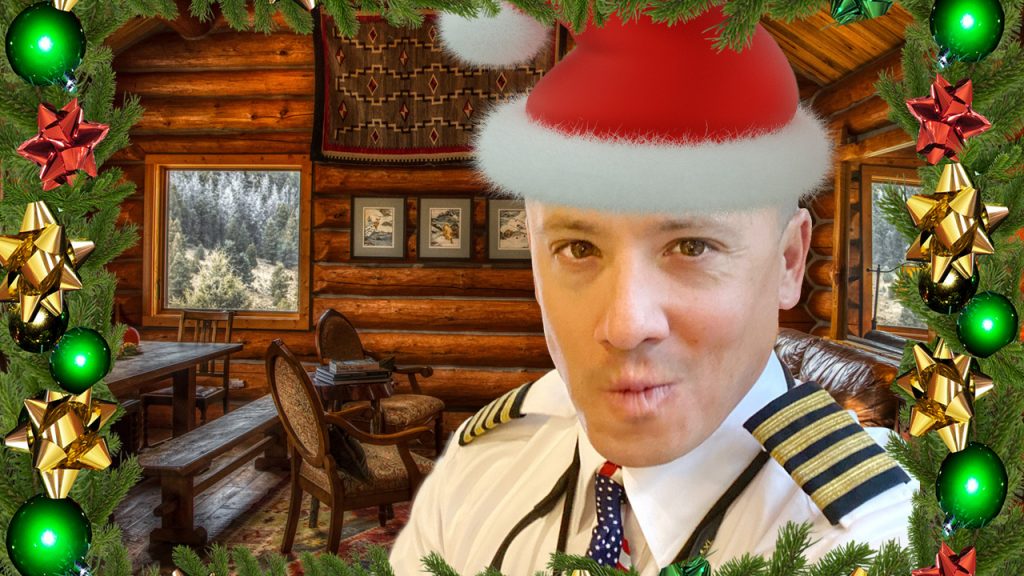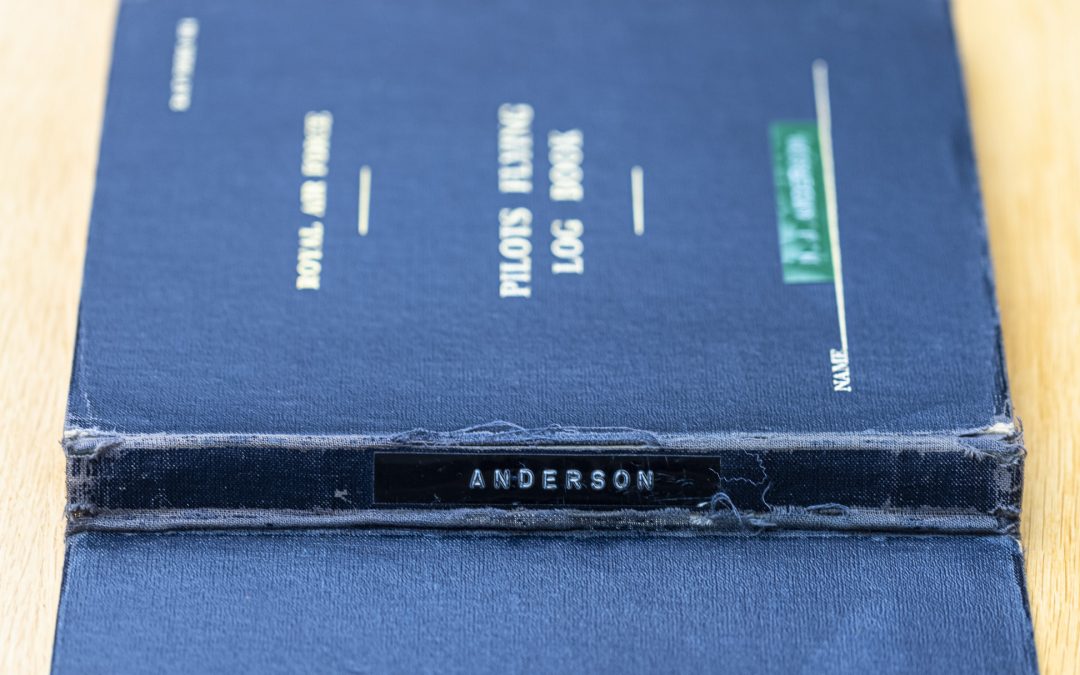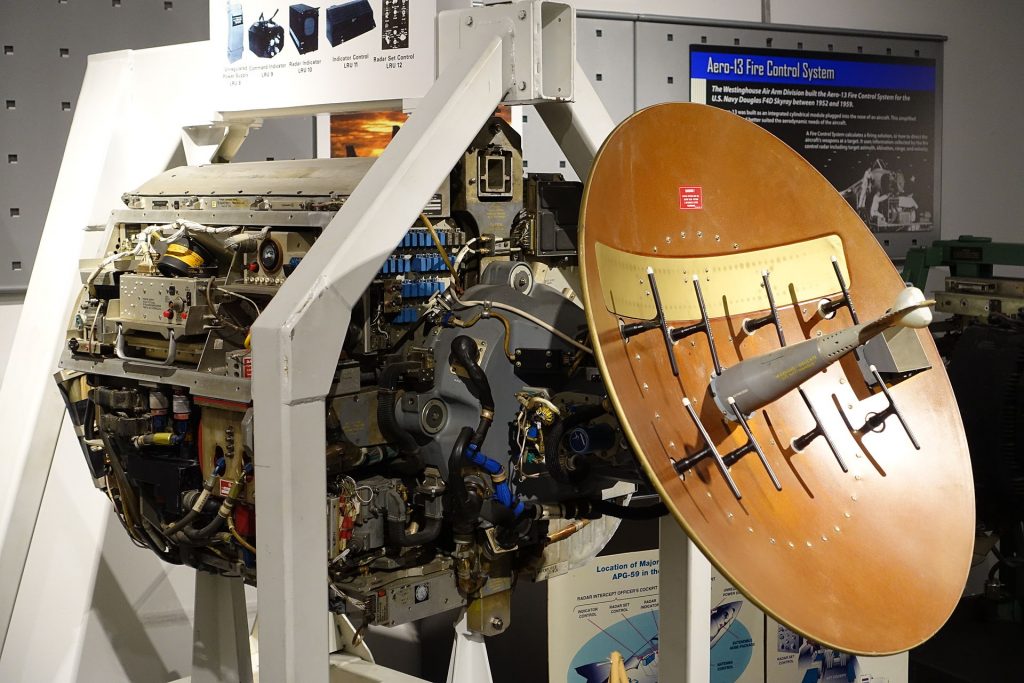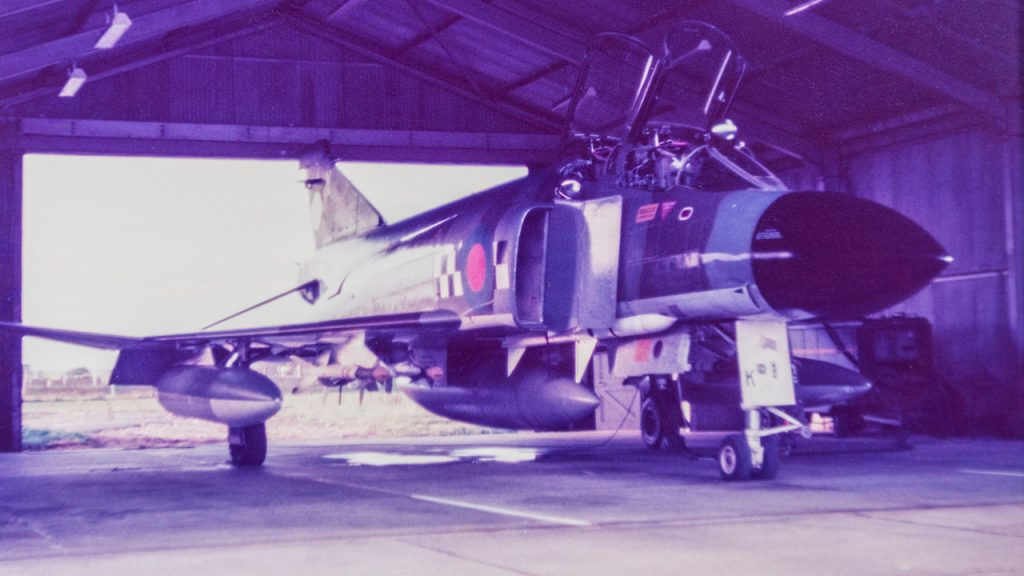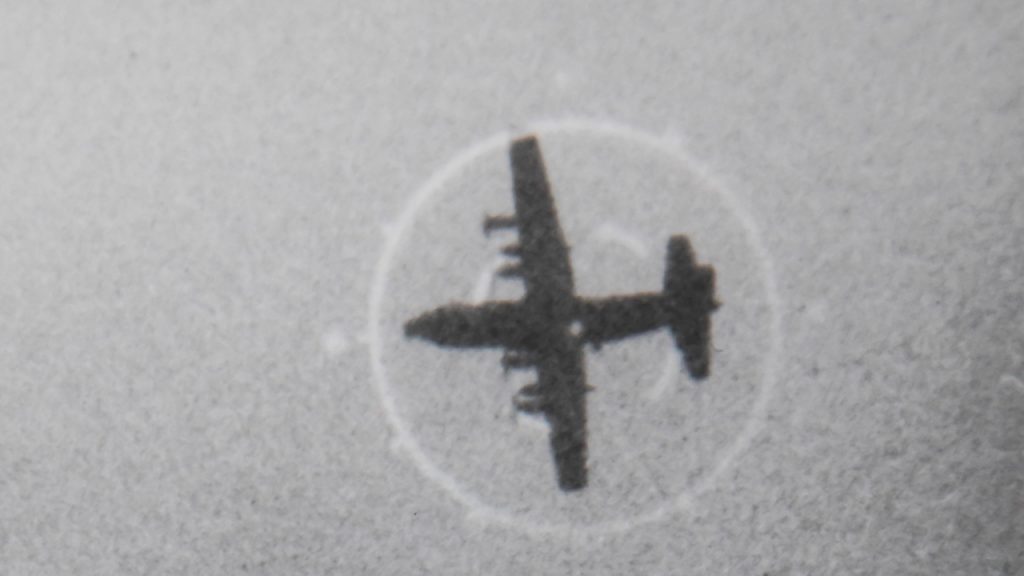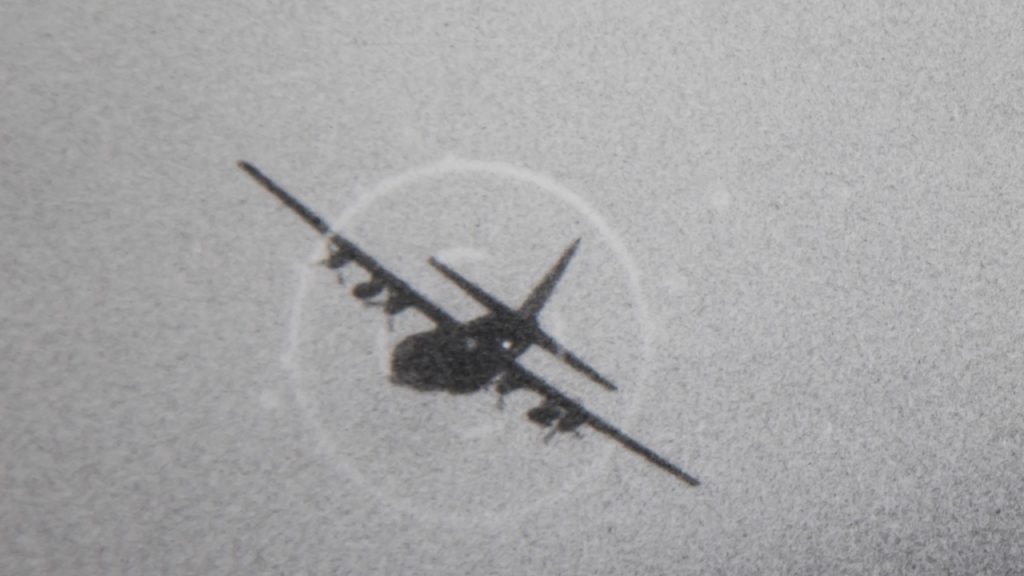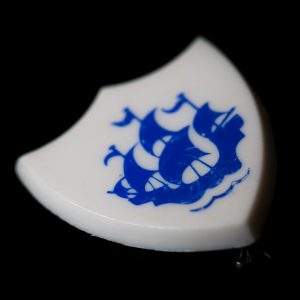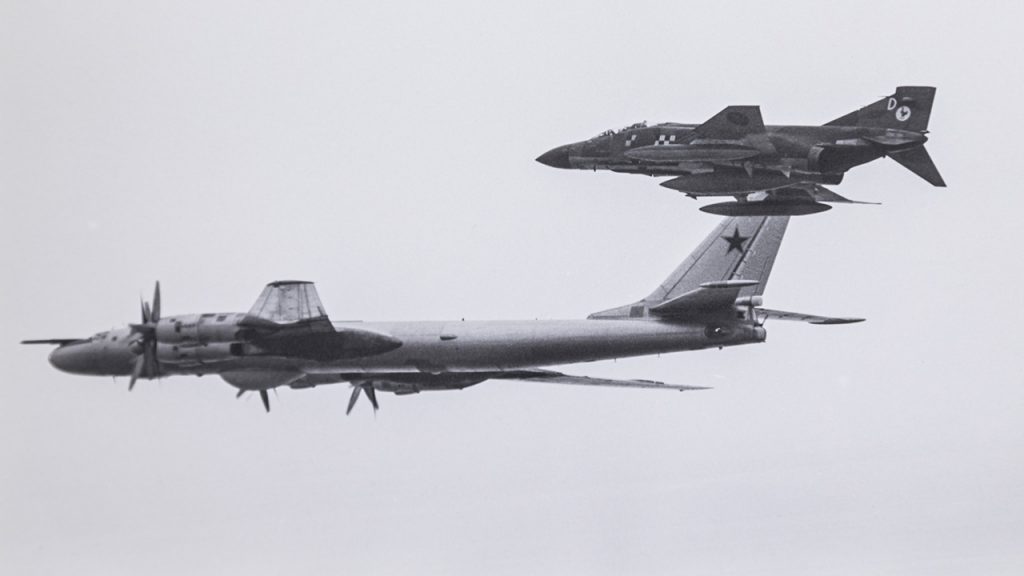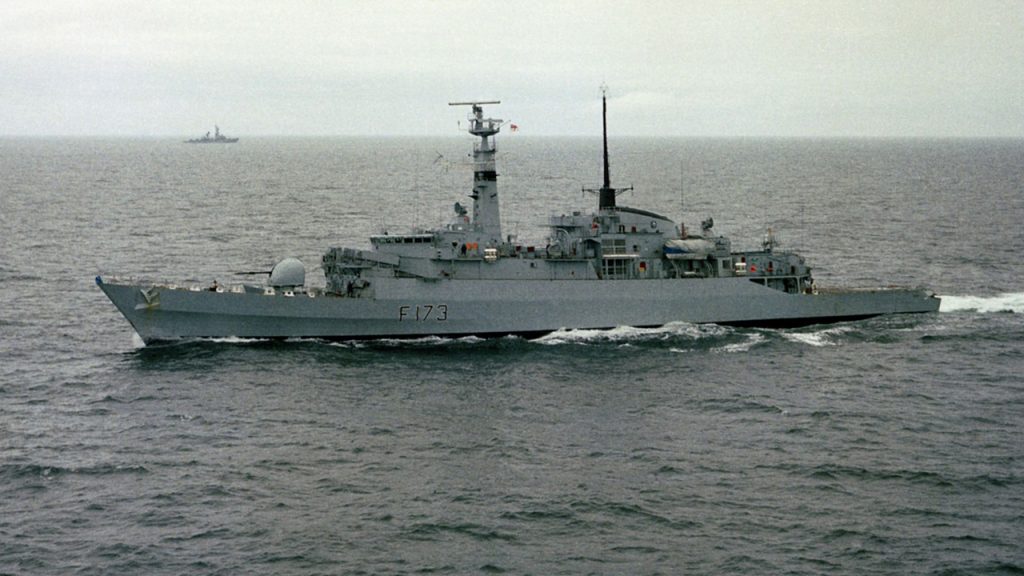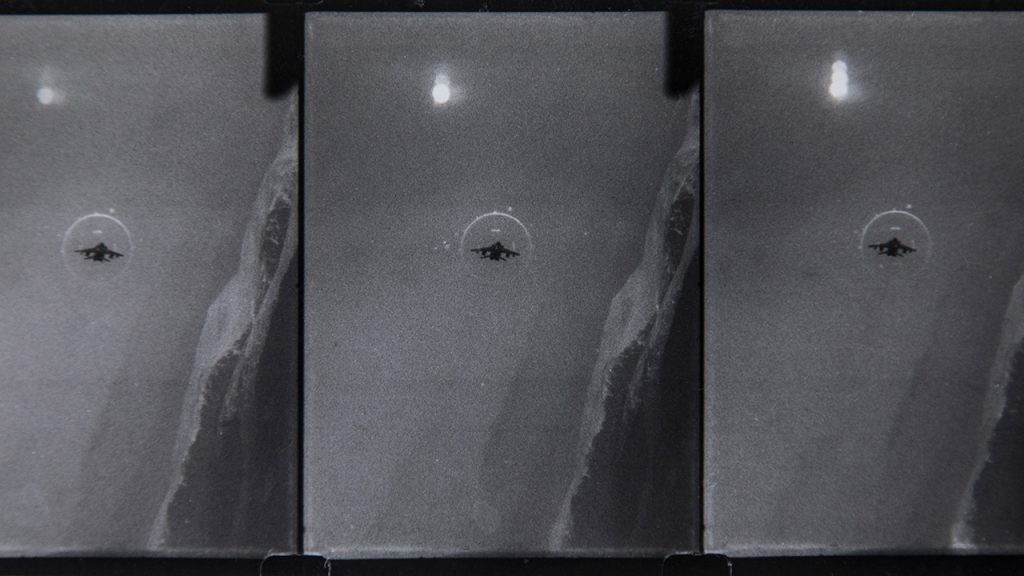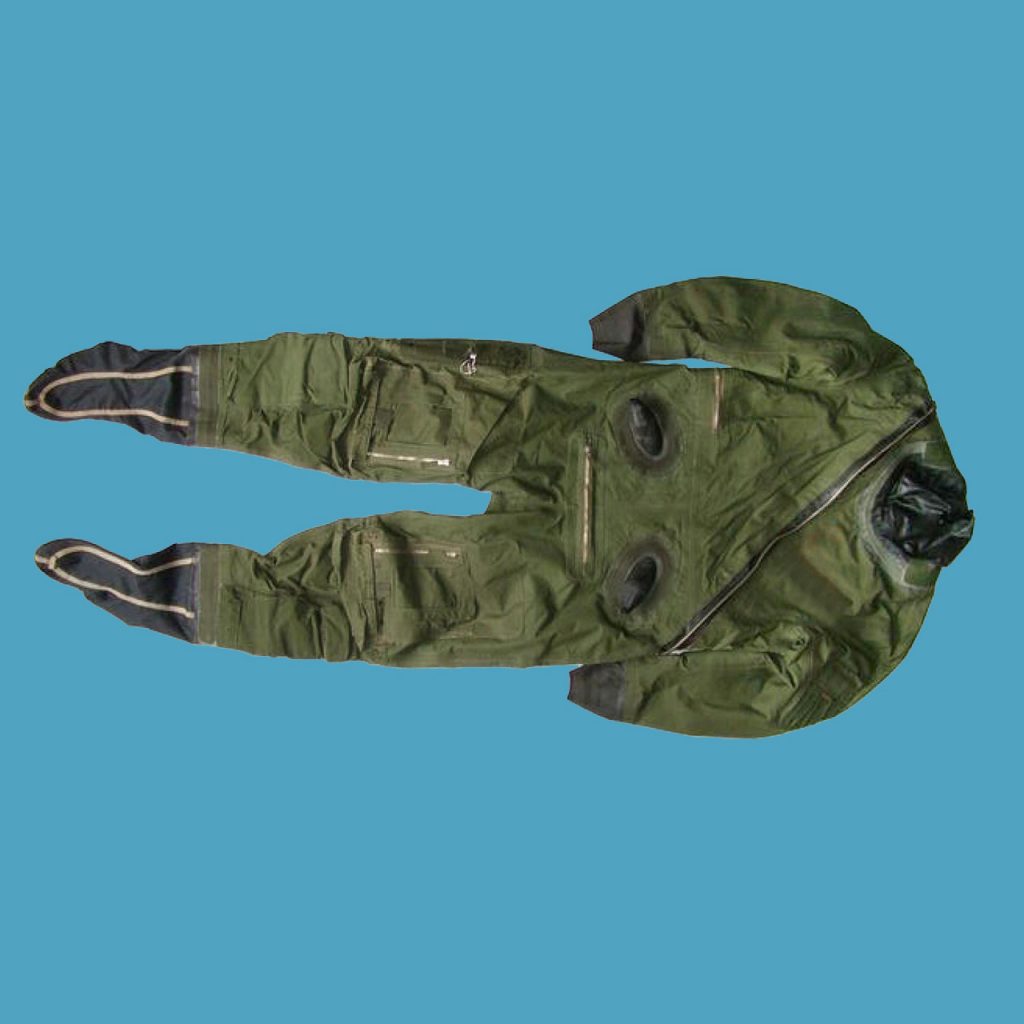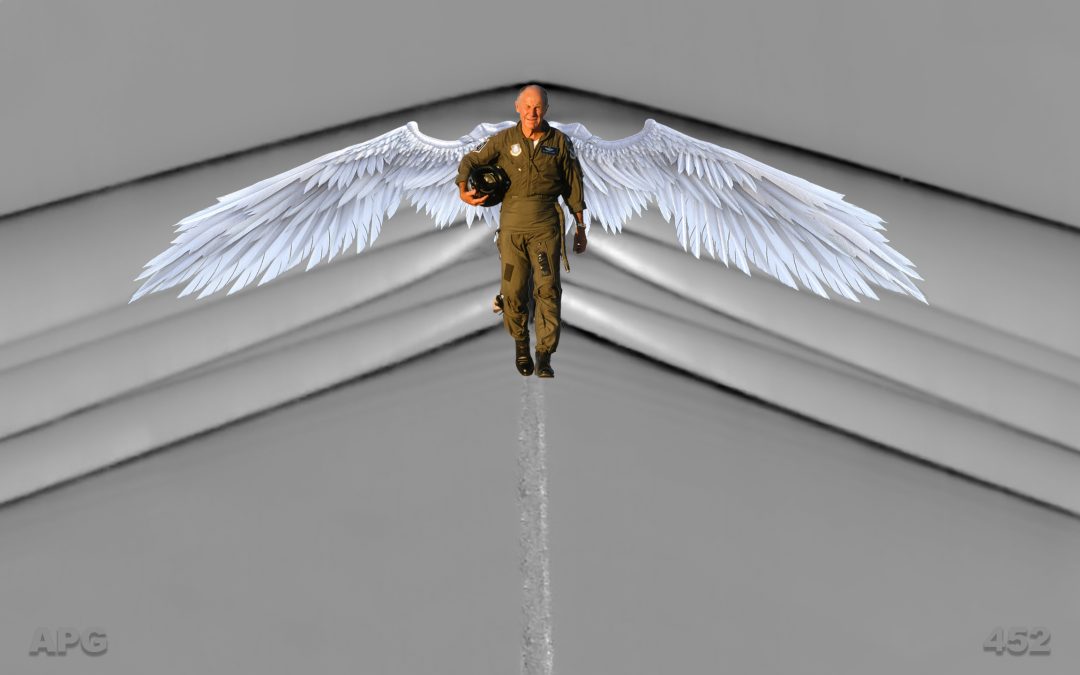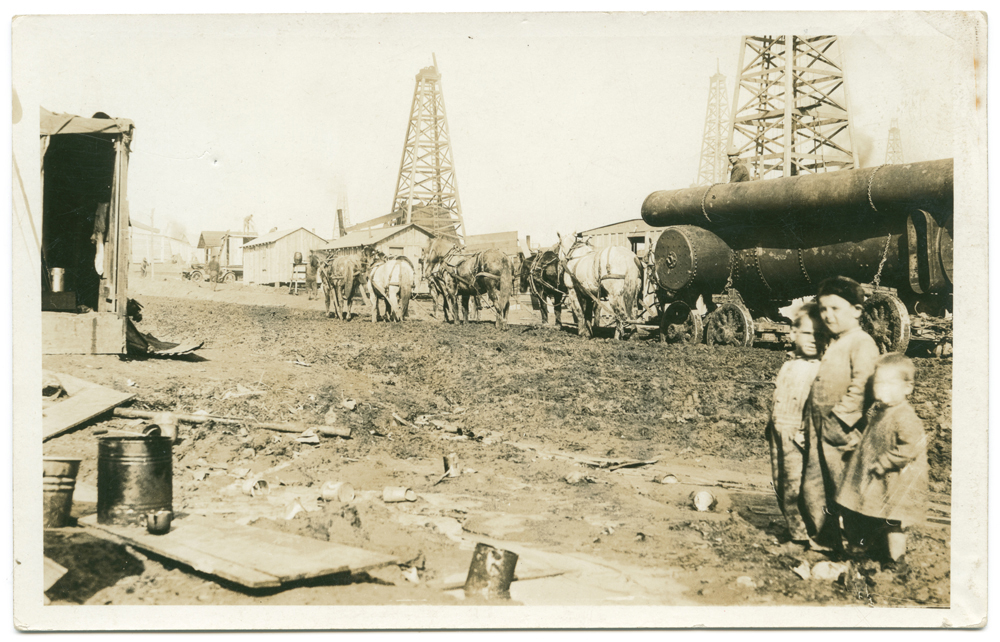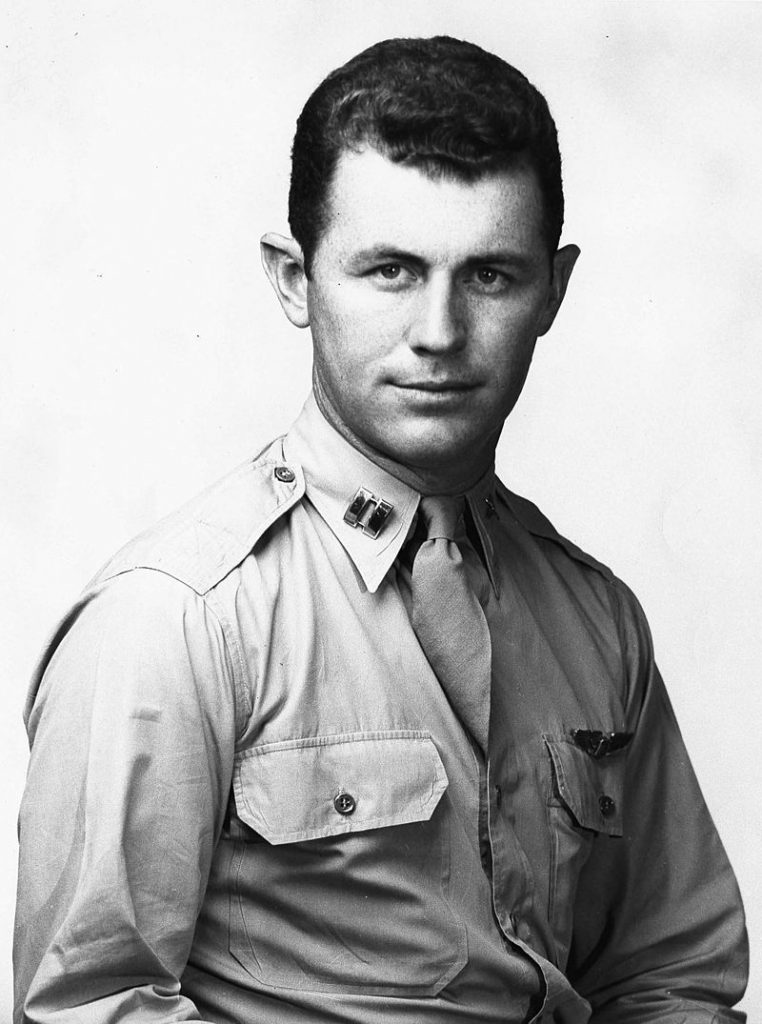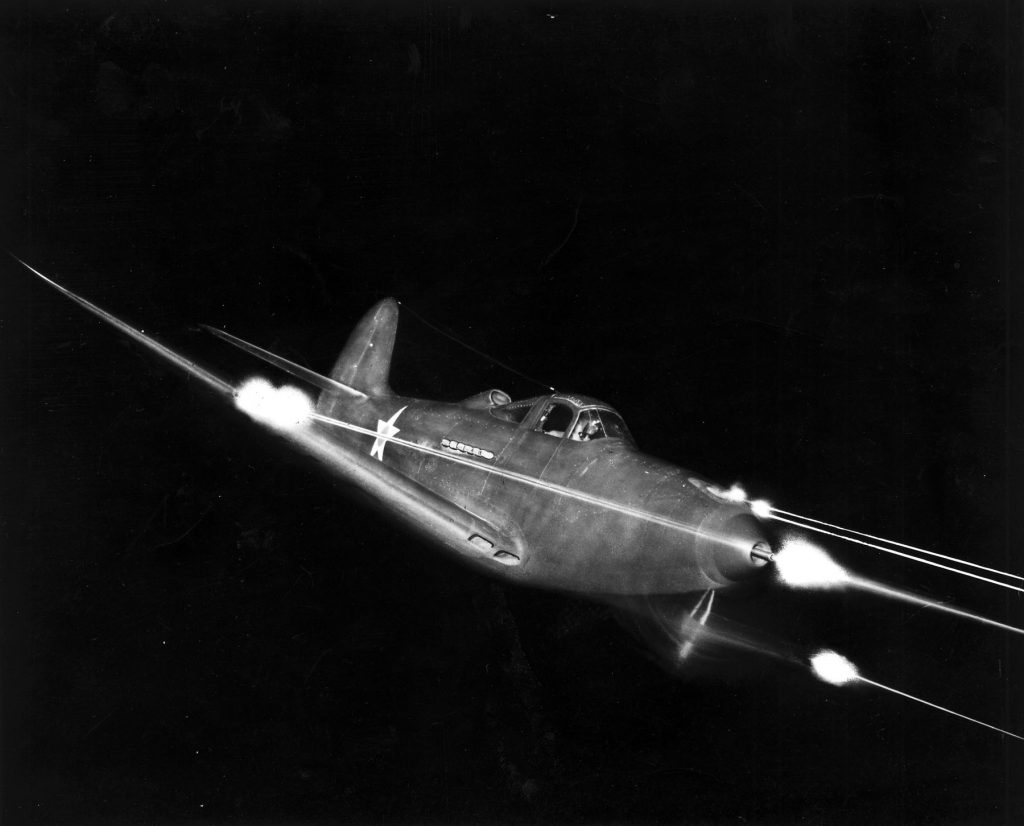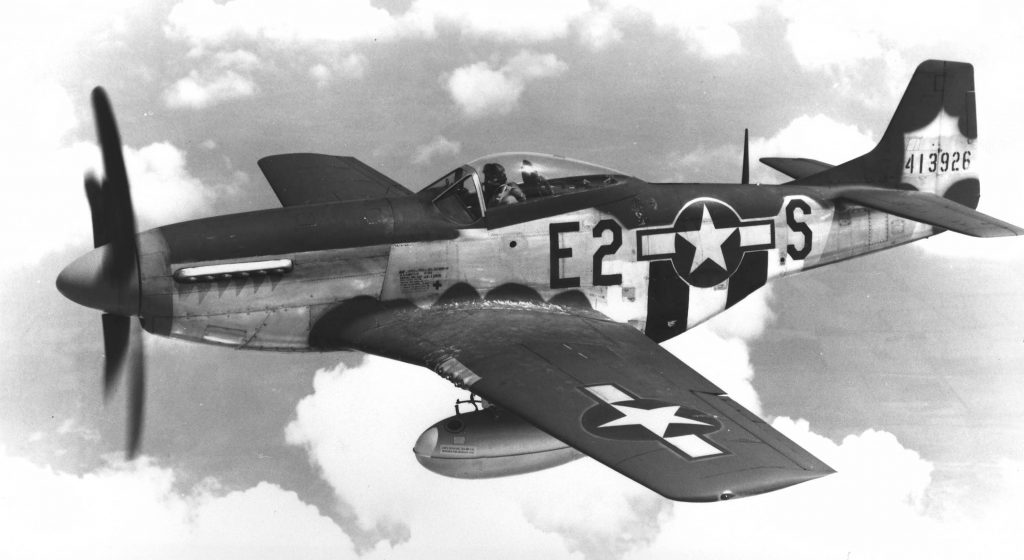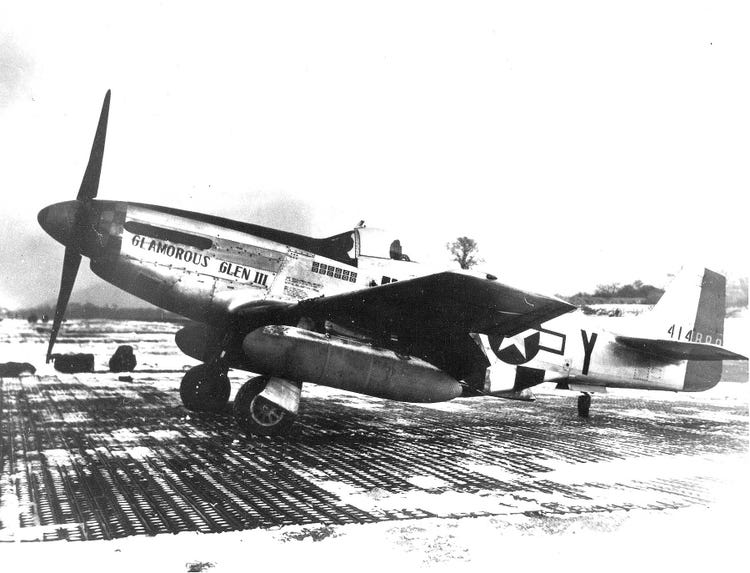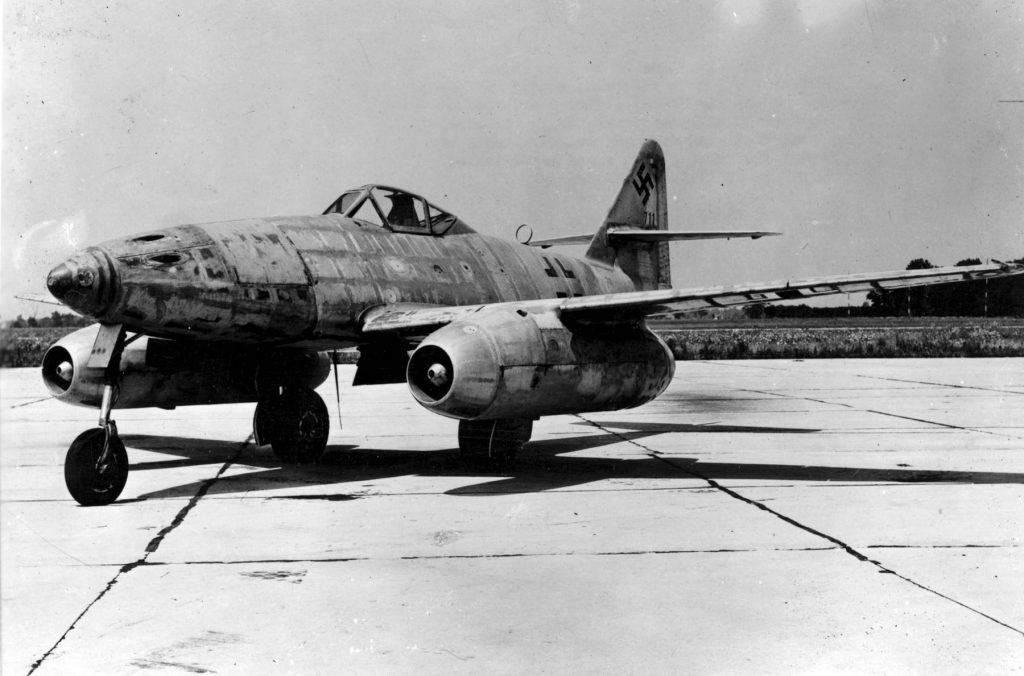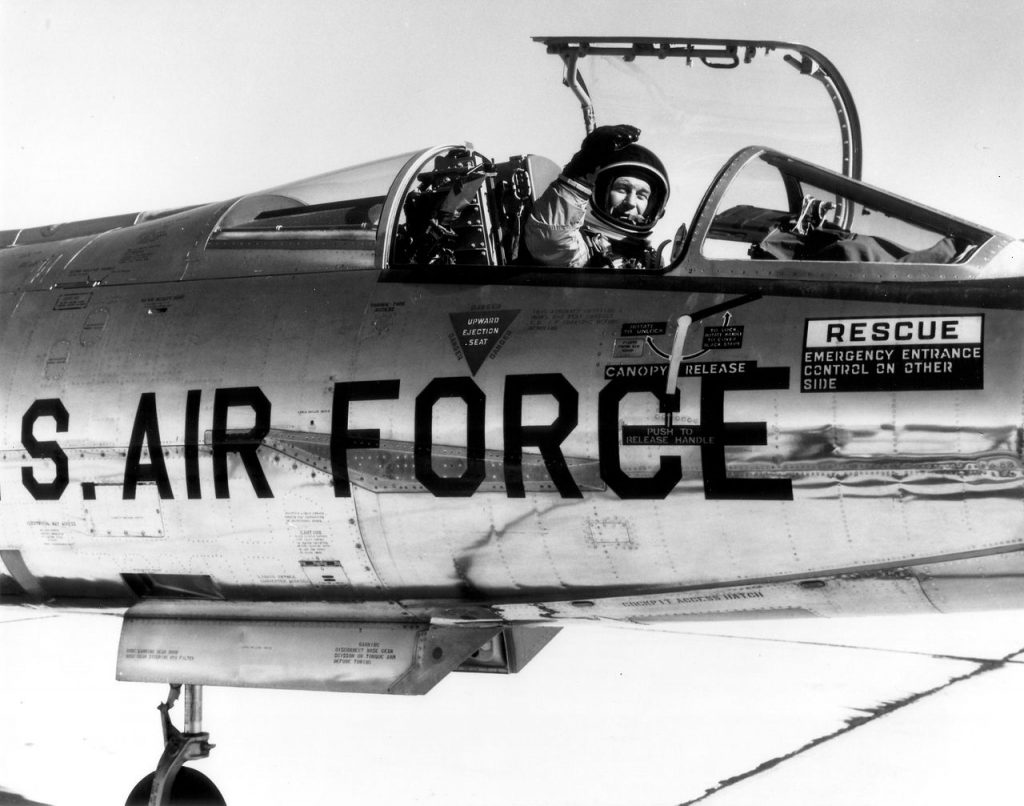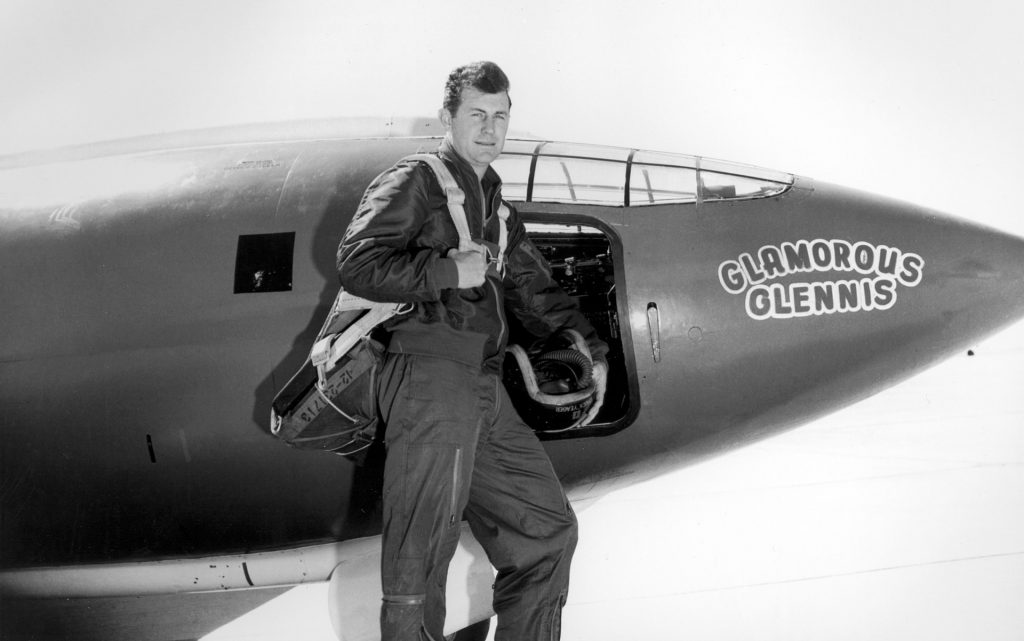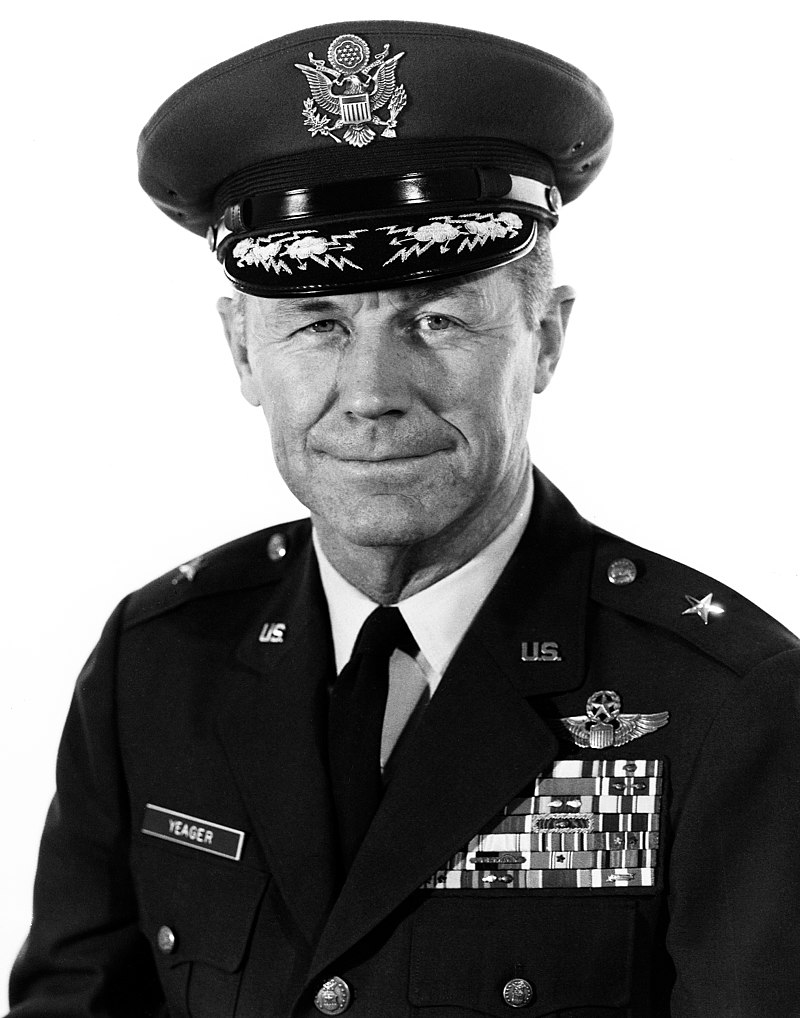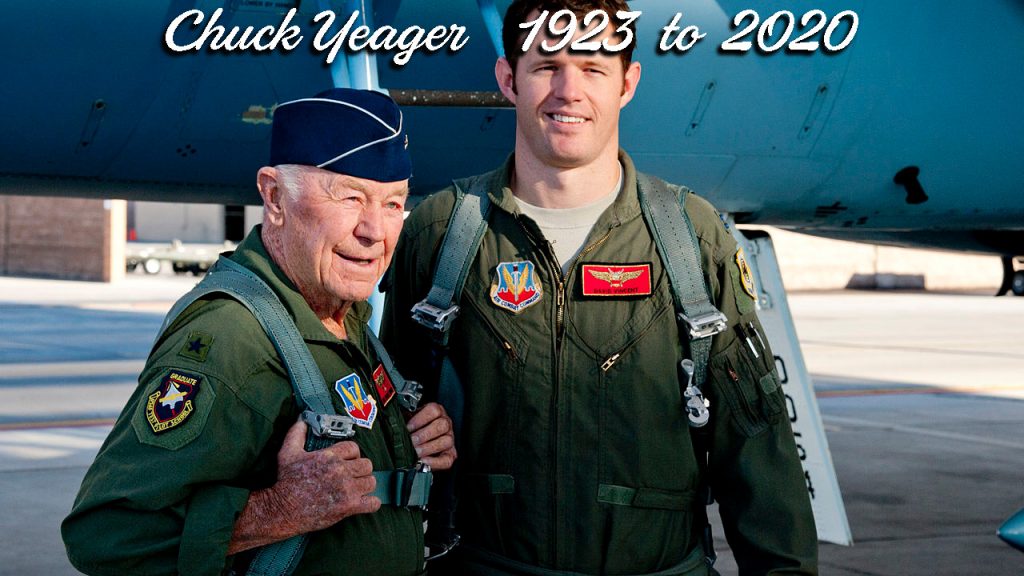
by Nick Anderson | Jan 23, 2021 | Plane Tales
Podcast (pt): Download
The Sound Barrier was first broken in 1947… by 1949 Convair had submitted its initial bid for the USAF’s first supersonic bomber. So much had to be learned in that time… the aerodynamics of supersonic flight, the construction materials that would be required and the engines that could power it were only part of the technological challenges that would be faced. It was truly a remarkable effort. The pilots that were chosen to fly this tricky Mach 2, 70,000 ft capable aircraft that could climb at over 45,000ft a minute, were highly skilled and Lt Col Henry, John Deutschendorf was one of them.

The opposing sides of the Cold War

The first generation of US and Soviet ICBM nuclear missiles

The B-58 Hustler

The Hustler’s escape pod

The three B-58 cockpit hatches

John Denver

The Long EZ

Ghostbusters II
Images under Creative Commons licence with thanks to Kingkingphoto, the USAF, NOAA and Impawards.

by Nick Anderson | Jan 11, 2021 | Plane Tales
Podcast (pt): Download
Whether the weather be cold,
Or whether the weather be hot,
We’ll weather the weather,
Whatever the weather,
Whether we like it or not!
Nowadays, however, we are blessed with more ways to get the weather than one can shake proverbial sticks at and, certainly in the world of aviation, it’s all remarkably accurate even if it’s presented in a rather archaic code. Of course even that is pretty advanced when compared with the early days!

Hippocrates

Galileo’s thermometer

Early weather forecasting equipment!

The wrecking of the Royal Charter on the Island of Anglesey

Robert Firzroy, the father of met forecasting.

Gp Capt Stagg who forecasted the weather for Operation Chastise

The US Bureau of Metrology

An early radiosonde met balloon

A decode aid for aviation forecasts

Images under Creative Commons licence with thanks to Anne-Louis Girodet de Roussy-Trioson, NOAA, Fenners and the RAF.

by Nick Anderson | Jan 9, 2021 | Plane Tales
Podcast (pt): Download
The pride of the Air India fleet, their first Boeing 747 was named after the Emperor Ashoka. The first of the Maharaja-themed aircraft it epitomised luxury and was, “Your palace in the sky.” On this New Year’s day, however, its flight would last only a few seconds.

The Emperor Ashoka Boeing 747

The cockpit

The Engineer’s station.

The interior of a Maharaja-themed Air India aircraft

The famous Jharokha styled windows
Images under Creative Commons licence with thanks to Air India PR, Oliver Cleynen, Snowdog, Mitchel Gilliand, Shahram Sharifi, Dharma and Searchtrail67.

by captjeff | Dec 26, 2020 | Plane Tales
Podcast (pt): Download
‘Twas the night after Christmas, when all through the house,
Not a creature was stirring, not even a mouse…

















All images produced by Nick Anderson Photographic

by captjeff | Dec 19, 2020 | Plane Tales
Podcast (pt): Download
It’s starting to look its age, it’s frayed at the edges, wrinkled and has bits that might fall off. No, not me, my first venerable old Royal Air Force logbook. So before it comes apart completely, I think it might be time to punish you again with a few more stories from its pages.

The Westinghouse AWG 11/12 radar.

43 Sqn F4 Phantom FG1 on QRA.

Engaging a USAF EC130.

Engaging a USAF EC130.

My treasured Blue Peter badge.

The Boy Pilot, John, Ballex and Budgie… heroes of the Blue Peter Special!

The AEW Avro Shackleton.

Another Bear.

The F5 Aggressors in their distinctive Soviet camouflage.

You can’t meander around a Leander! An RN Frigate.

Hunting Jags over the wilds of Scotland.

The RAF Piddle Pack!

An RAF goon suit (aircrew Immersion Suit).
Images under Creative Commons Licence with thanks to Daderot National Electronics Museum, the Royal Air Force, UK Crown, Mike Freer of Touchdown Aviation, USAF and the US Gov.

by captjeff | Dec 12, 2020 | Plane Tales
Podcast (pt): Download
Many of my aviation heroes are complicated people of nuance and contradiction but not this man. As I reflect on his life, so recently ended, I remind myself of his uncompromising, direct manner but also of his enormous courage and skill that brought Charles Edward Yeager to the world’s attention.

Yeager grew up helping his father out on gas drilling rigs.

Yeager joined the Air Force as a Private and became a mechanic but he soon made his way into pilot training.

He was initially given a P39 Aeracobra to fly.

He was sent to Europe to flight, flying the P51 Mustang.

He named his own aircraft Glamorous Glen.

He qualified as an Ace in one day and then shot down a jet powered Me262.

After the war Yeager qualified as a Test Pilot.

Even as a very junior Test Pilot, Yeager was offered the chance to pilot the Bell X1.

Yeager finally took the X!, now named Glamorous Glennis, over Mach 1 becoming the first to break the sound barrier.

Yeager completed a long and successful career in the USAF.

Chuck Yeager passed away in 2020.
Images under Creative Commons licence with thanks to SMU Central University, USAF National Museum and the USAF.



